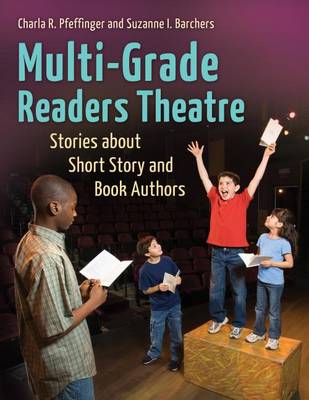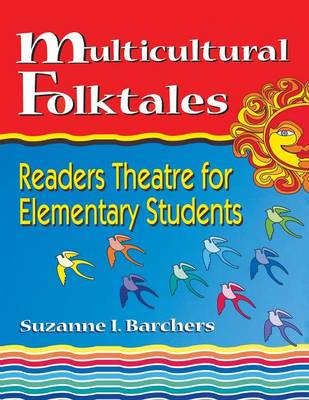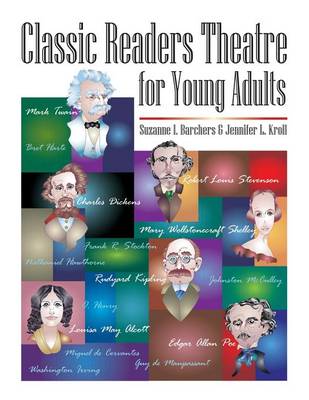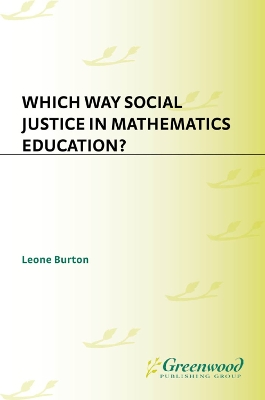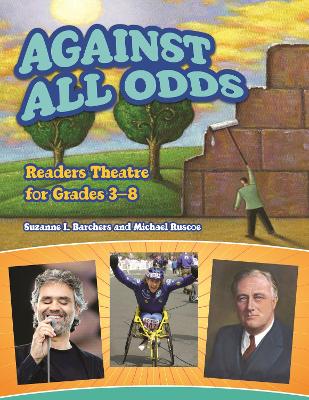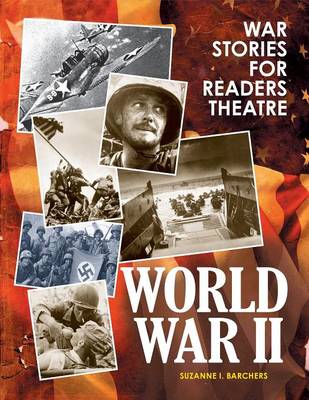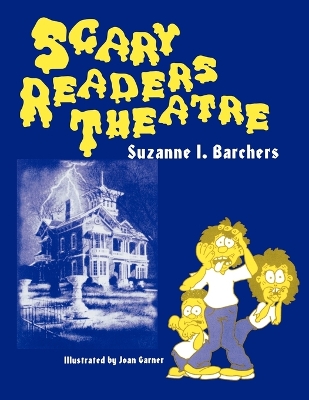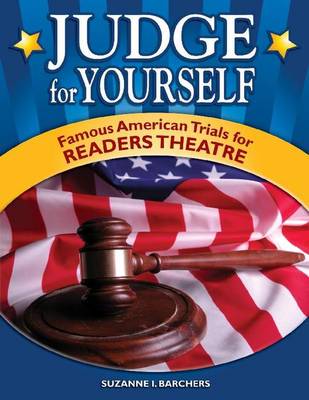Readers Theatre
11 total works
36 readers theatre scripts use authors and illustrators to awaken student imaginations.
This book of 36 readers theatre scripts (one for each week of the school year) concentrates on scripts written at multiple reading levels with a large number of parts-including choral reading parts-that enable the entire class to participate.
The first 18 scripts are written for 1st-3rd grade reading levels and feature giants of kids literature like Margaret Wise Brown, James Marshall, Bill Martin Jr., Bill Peet, and Beatrix Potter. The second 18 scripts are written for 2nd-4th grade reading levels to allow for growth throughout the school year. This group of plays introduces students to Stan Berenstain, Arnold Lobel, Shel Silverstein, and Tasha Tudor, among others. Carefully designed to meet the needs of students of various reading levels, the scripts are also ideal for use with remedial readers. Grades 2-5
- Offers scripts at two different reading levels to facilitate use with students of different ages and skill levels
- Each script is written to contain core vocabulary words to reinforce comprehension and vocabulary retention
- Discussion questions are included with each play to further reinforce comprehension
Multi-Grade Readers Theatre: Stories about Short Story and Book Authors
by Charla R Pfeffinger and Suzanne I Barchers
Introduce your students to other countries and cultures through the traditional folk and fairy tales in these engaging readers theatre scripts. Representing more than 30 countries and regions, the 40 reproducible scripts are accompanied by presentation suggestions and recommendations for props and delivery. Each has been assessed for readability using the Flesch-Kincaid Readability Scale and is grouped for grades one through five. Valuable as supplements to multicultural units, these scripts actively involve students in the subject, and they promote oral reading and presentation skills.
Classic Readers Theatre for Young Adults
by Suzanne I Barchers and Jennifer L. Kroll
Enliven your literature and drama programs with these terrific Readers Theatre scripts! Featuring 16 original scripts that have been adapted from classic works of English literature, this book is perfect for use with young adults and ESL students. The scripts are easy to read and bring out the spirit and essence of each literary work. Each script comes with an introduction, background information, presentation suggestions, prop recommendations, and an overview of the characters. Your students will thoroughly enjoy themselves as they learn about the subject 0rea and improve their vocal and presentation skills. And you will be pleased to support your school's English literature or language arts curriculum in a lively, unconventional fashion!
In this book, ten scripts derived from highly regarded sources bring World War II to life for students in grades 6-12 and serve as a springboard for further investigation of this pivotal world event.
World War II mobilized 100 million military personnel and resulted in the deadliest conflict in human history. Everyone from students in grade six to adults will be engrossed by tales documenting the actions of Hannah Szenes, a young Hungarian woman who lost her life trying to save Jews, the sobering and shocking occurrences during the Bataan Death March, and the daring POW rescues like the raid at Cabanatuan.
Each script in War Stories for Readers Theatre: World War II not only brings history to life, but also provides a perspective that readers may not have encountered. While some topics are familiar, such as the attack on Pearl Harbor, most readers are unaware of the motivations behind it. Some of the narratives are created from interviews with living World War II veterans. Every reader will be inspired to explore each subject more deeply after experiencing these intimate views of the specific events during World War II.
- Includes content based on new interviews with living World War II veterans and heroes, primary documents, and adaptations of previously published works
- A bibliography of topical reading and media sources are provided for each script
Build reading skills with these readers theatre scripts of charming folktales and fables from around the world. Each of the 20 reproducible scripts has been evaluated using the Flesch-Kincaid Readability Scale and grouped into first, second, or third grade readability levels. The author includes specific suggestions for presentation, props, and delivery, plus a book list of related illustrated books. Sample Tales: Jack and the Beanstalk (English) The Lion and the Mouse (Greek) The Old Woman and Her Pig (English) The Three Billy Goats Gruff (Scandinavian) The Tortoise and the Hare (Greek) Baba Yaga (Russian) Little Red Riding Hood (German) The Ugly Duckling (Danish).
Deliciously ghostly, startling, and downright scary scripts will make you and your students listen, ponder, shiver, chuckle, or even jump! Based on 30 folktales, myths, ghost stories, and legends, these reproducible scripts have been evaluated using the Flesch-Kincaid Readability Scale and range from second to fifth grade levels. Elementary, middle school, and chapter teachers will find them invaluable for enhancing the language arts program and for use with developing and remedial readers. An introduction provides everything you need to get started.
Ten readers theatre scripts based on some of the most famous, sensational trials in U.S. history provide a fascinating glimpse into our past and our justice system. These compelling dramas are based on actual trial proceedings, and have been adapted to the interest and reading level of students in upper elementary and middle school. Details of the crime have been incorporated into the trial format allowing the story to unfold through the eyes of the jury. The verdict is detailed in a separate section, allowing students to decide what the outcome should be. These scripts are wonderful tools for enhancing history, social studies, civics, humanities, or the English program. They sharpen critical thinking skills through the deliberation process; help build and refine reading, oral presentation, and performance skills.

